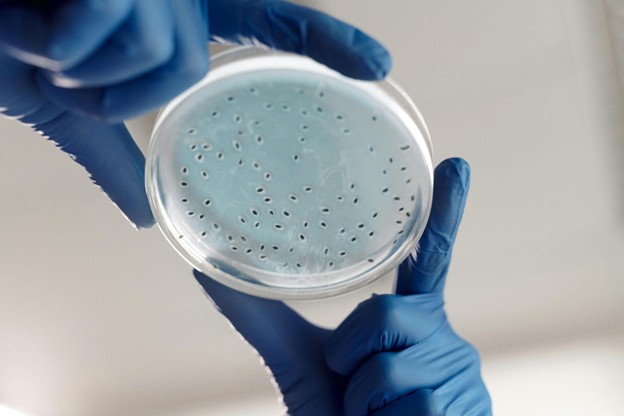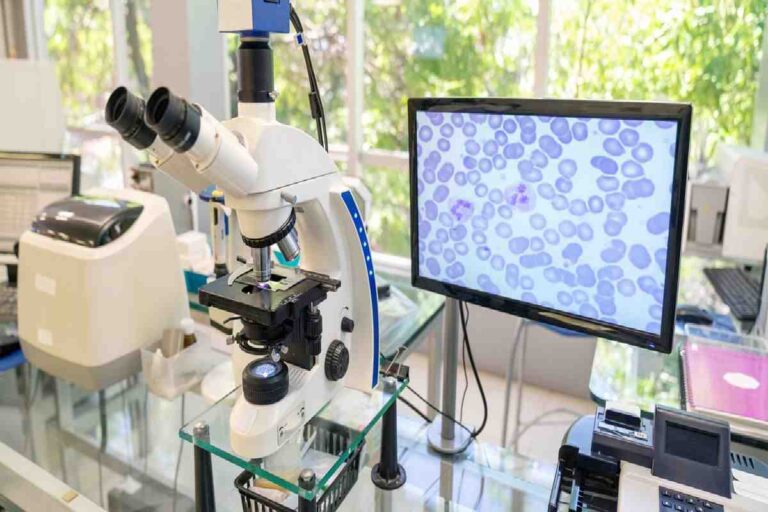Live Cell Imaging Technology
Table of Contents
A New View on Food Science
Nutrition research has always been about exploring how what we eat affects our health. It studies vitamins, minerals, proteins, and how they impact the body over time. For years, this field relied on indirect methods. Scientists tracked changes in weight, blood values, or long-term outcomes. These approaches gave insights, but they left gaps.
Today, new technology is filling those gaps. Among these tools is the live cell imager. This machine gives scientists a way to watch living cells in action. It takes nutrition research beyond broad patterns and into the world of cellular activity.

Why Nutrition Research Needs Better Tools
Food is complex. A single meal contains hundreds of compounds. Each one can trigger a response in the body. Some reactions are good. Some are neutral. Others can stress or damage cells. To understand this better, researchers need precise tools.
This is where advanced imaging comes in. With a live cell imager, researchers can see how nutrients interact with cells. They can study metabolism in real time. They can track how cells respond to excess sugar, fatty acids, or antioxidants. The results show processes that older methods could not reveal.
What a Live Cell Imager Actually Does
A live cell imager is more than a microscope. It does not just take a single picture. Instead, it maintains cells in controlled conditions and records them over time. The system adjusts temperature, gas, and humidity. The cells keep living while cameras and optics capture their changes.
This creates a timeline of activity. Scientists can watch cells grow, divide, and react. They can see stress signals appear and fade. They can monitor how nutrients affect cell cycles or repair processes. All of this happens without disturbing the natural flow of cell life.
Applications in Nutrition Studies
Nutrition research benefits from live imaging in many ways. One example is testing supplements. Scientists can add compounds to cultured cells and see the direct effects. This is faster and more reliable than waiting for long-term human studies alone.
Another area is studying harmful diets. Too much sugar or fat can harm cells. With imaging, researchers can see how quickly this damage begins. They can also test interventions to slow or reverse it. This helps link diet choices to cellular health with greater clarity.
Live imaging also helps with personalized nutrition. Researchers can test cells from different people and see how they respond to the same nutrient. This makes it easier to explain why one diet works for one person but not another.
Bridging Biology and Health Policy
The data from live imaging does more than stay in the lab. It can shape health policy. Nutrition guidelines often rely on population studies. These studies are broad but sometimes miss individual variation. Imaging shows what happens at the cellular level. That evidence makes dietary advice stronger and more detailed.
For health professionals, this is valuable. It offers a scientific base for recommendations. It also supports the design of better supplements and therapeutic diets. Instead of general advice, future guidelines may be more targeted and precise.
Challenges in Using the Technology
Even though the live cell imager is powerful, it comes with challenges. The machines are costly. They require skilled staff to run and maintain. Data output is massive, which means labs need strong storage systems.
There is also the question of how to link cell-level findings to whole-body outcomes. A result in cultured cells does not always match what happens in people. Researchers must use imaging as one part of a larger toolkit. It works best when paired with clinical trials and population studies.
These challenges do not reduce the value of the technology. They only highlight the need for careful planning before adoption.

The Future of Nutrition Research with Imaging
Looking ahead, live imaging is likely to grow in nutrition science. Systems will get smaller, faster, and more automated. Software will analyze results in real time. Cloud storage may make sharing data across labs easier.
This progress means more detailed studies of food and health. It could reveal why some diets protect against disease. Could explain how small nutrient changes impact long-term wellness. It could also give rise to more personalized nutrition plans.
The connection between what we eat and how our cells react is now clearer than ever. With tools like the live cell imager, nutrition research is moving into a new era. It is an era where health advice is based not only on outcomes but also on the living processes inside the body.


